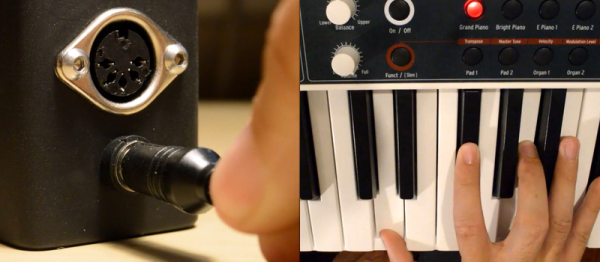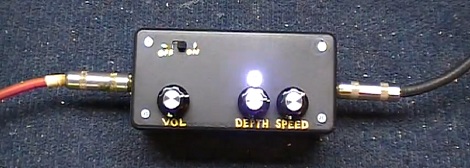
Hackaday editors Elliot Williams and Mike Szczys highlight the most delightful hacks of the past week. Need a random-number showpiece for your office? Look no further than that fish tank. Maybe the showpiece you actually need is to complete your band’s stage act? You want one of Tristan Shone’s many industrial-chic audio controllers or maybe just a hacked turntable sitting between your guitar and amp.
Plus citizen science is alive and well in the astronomy realm, and piezo elements are just never going to charge your electric vehicle.
Take a look at the links below if you want to follow along, and as always tell us what you think about this episode in the comments!
Take a look at the links below if you want to follow along, and as always, tell us what you think about this episode in the comments!
Direct download (60 MB or so.)















